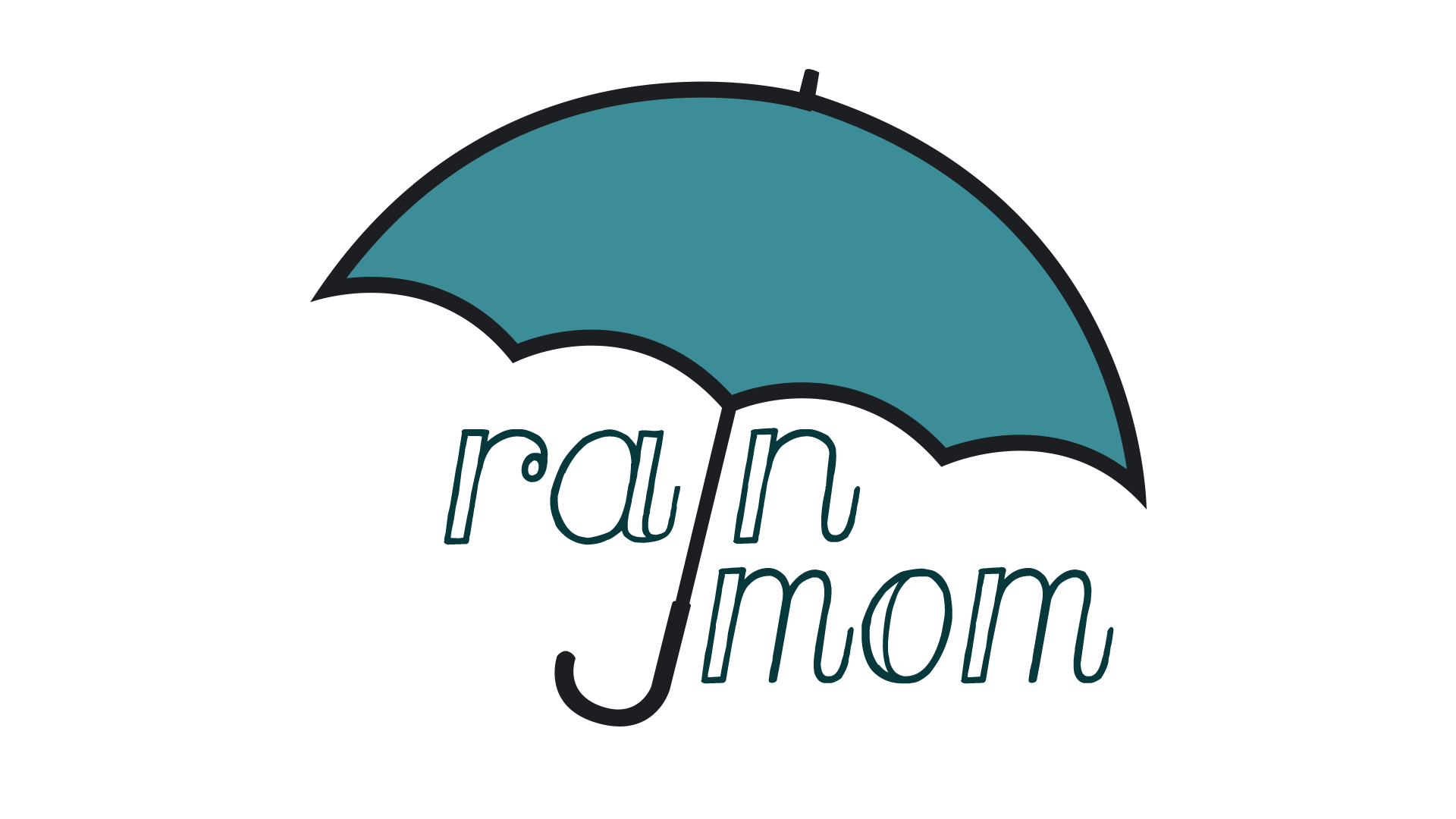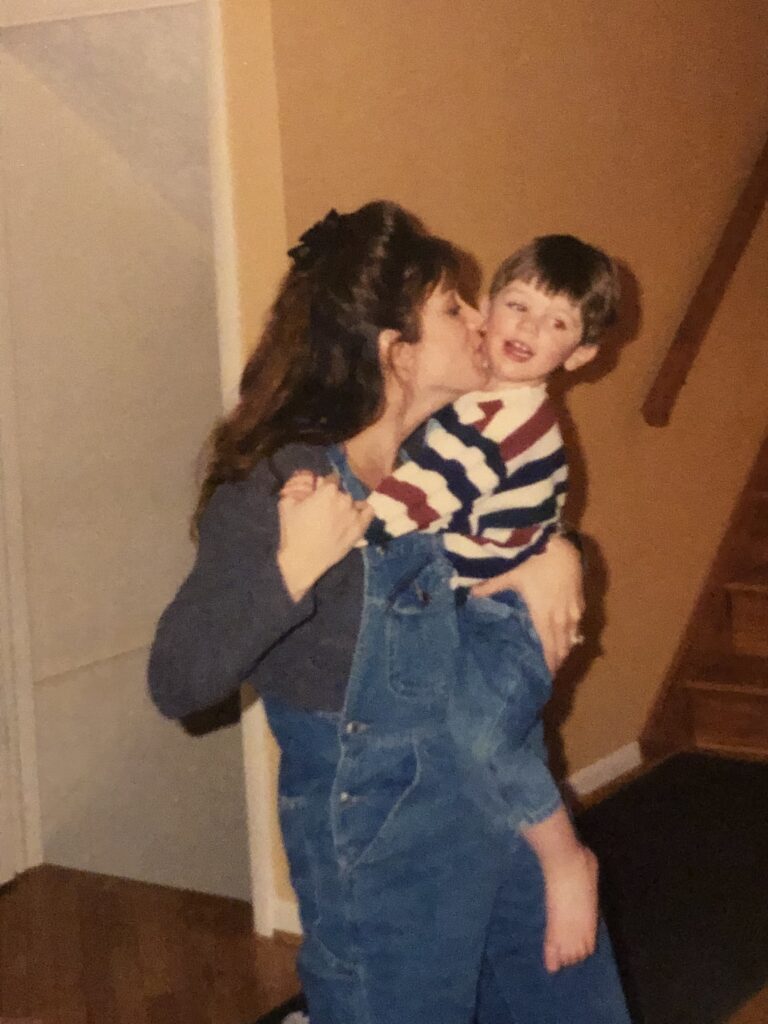
Drafting the Early Years of Autism
By Kristi | Published | No Comments
My last blog in the series, Creating Your Own Autism Parenting Guide, focused on the individual as the compass when drafting your own manual. Knowing your child’s authentic self directs your path moving forward. So it should come as no surprise that those early years provide invaluable information as you design your own manual for parenting autism. Building a strong base begins here, but remember it is just the beginning, so leave room for the future as well.
There are many moving parts that encompass the early years and selecting the right ones can be challenging. Honestly, it does resemble building a vehicle on an assembly line. So many pieces, moving parts and places to acquire all that is needed before you even start the engine. So let’s take a look at what’s out there.
For starters― early interventions. It is by far the most recognized and recommended approach for parents looking to support their child on the autism super highway. They are numerous and continue to grow. Here’s a short list:
Speech and Communication
Occupational and Physical therapy
Auditory Integration
Sensory Integration
Social Skills
Life Skills
Independent Skills
Daily Living Skills
Educational
ABA
Cognitive Behavioral Therapy
RDI- Relationship Development Intervention
Floor Time
Animal, Music and Water Therapy
Play Therapy
Peer Play
Holistic Therapy
Massage Therapy
Craniosacral Therapy
Hyperbaric Oxygen Therapy
Medication, Supplements and Alternative Medication:
Dietary Interventions and Programs
The list goes on and on. So many options and decisions― enough to throw anyone into a tailspin. When you feel yourself getting overwhelmed, remember that what you choose depends on what best supports and serves your child. That part will never change.
With so many selections, how do you narrow the field? Personally, I believe it starts with goals. What does your child envision for their future? Watch and learn as they divulge parts of themself in some subtle and not-so-subtle ways. For example, at a very early age my son was an avid fan of the water, loved listening to music, liked to write and type, was a fast learner, analytical thinker, and was task and detail oriented, to name a few. So I tried to incorporate as many of those components into his day-to-day living and learning. As he grew older, some things remained but others changed, so I adjusted future goals to align with my son’s individuality, ability and interest.
What are your goals as a parent? My primary goal was and always will be that my son is happy, healthy and respected. For the most part, I would say we have achieved it. But as we all know there is always room for improvement. As parents, our love and commitment are the driving force to ensuring the best possible future. When you create those goals together, possibilities and progress move in the right direction. They will be your headlights into the future. And yes, goals, dreams, desires, plans and outcomes can change. All of us experience many zigs and zags in our lifetime, so will our children. When they do, go back and adjust the framework. While some goals may never change, others may need to follow a different route or destination. Give yourself the freedom and grace to do so. And when you’re looking at that long list of interventions, remember your goals will help direct your choices even through the changes and challenges.
Information is a powerful drivetrain but at times can make one feel powerless. Sometimes it’s too much of a good thing. So let’s downshift for a moment. In your search for knowledge, collaboration is an important piece. Networking with other parents and professionals can be an important tool when used wisely. What I mean is this: we parents and professionals are very passionate about our journeys and what works. However, I’ve said this numerous times and will continue to say― if one thing worked for everyone, we would all be doing the exact same thing. That intervention list wouldn’t be a list at all. So listen and learn with your heart, your mind and your child. Don’t feel pressured or obligated to follow others unless it works for you and your child. It is your right to do what you feel best supports both of you as well as the rest of your family. Along the way you will find times where you change your mind or need to agree to disagree when information or choices are not in alignment with personal goals or your gut. It’s perfectly normal to do so and let’s face it, that’s a part of daily life, not just life with autism. I went off the grid several times, found some scenic routes, new paths, and even lost my way a few times, but always managed to find my way back to the main road.
There are things often overlooked that I feel play a significant role in the early years. The upside is that this list is much shorter. Given they are children with a disability, it is very easy to overdo the parenting role. By that, I mean doing things for them that they can and should do for themselves. Start fostering independence early and continue to build, wherever and whenever you can. Sometimes the biggest obstacle to our child’s independence is us! We tend to do everything for them, understandably because we want to help. But in our earnest attempt to make things easier for them, we ultimately make it much harder down the road. So let them make the bed (yes, it won’t be perfect), get dressed, put their dirty dishes away, take out the trash, hang up their coat, put the dirty laundry in the hamper, clean up their messes, help with chores, etc. The more a child is able to do for themself, the more confidence they will have in their ability to do it. Independence is a life skill so it should be a primary goal.
Down time for you and your child. Bet you didn’t expect to see that one in the manual! Well, I speak from experience when I say down time is not a bad thing so don’t let anyone tell you otherwise. No engine runs forever, neither should you or your child. Give yourself time and space. Make an appointment, heck― put it on the family calendar. Everyone needs down time in whatever capacity and what works for you. Yes, I know it can be incredibly challenging at times to find it, but even if it’s simply stepping outside to enjoy a few minutes of mother nature or going to your room and taking a few moments― do it! The same goes for your child. Not every part of the day needs or should be structured and micro-managed. Teach your child that it is fine to simply be or do in the moment as they see fit. There will always be something to do later. Taking a break is something that benefits us all.
Failure is an option and it often points you in a direction that leads to success. Fear of failure is the obstacle. Don’t allow fear to take the wheel or steer you off course. Another obstacle is perfection. Resist the urge to make everything perfect. It puts an undue burden on you and your child, so lighten the load. Mistakes are commonplace, teach resilience and problem solving. Both are positive outcomes and important skills. I can’t tell you the number of times we tried things only to fail or the numerous mistakes that led to unexpected opportunities. Whether complete engine failure or an error in judgment, the road still rose to meet us with wisdom, direction and even laughter. What we teach our children in these moments will last a lifetime. Every scratch, dent or fender bender is a part of the journey so embrace it, learn from it and keep the pedal to the metal.
While this part of the manual is directed at the early years, keep in mind that your child will spend most of their life as an adult. The journey begins with the very young but before we know it we are looking into the eyes of an adult. Enjoy each year as it comes. Learn from the past, plan for the present as well as the future and cruise when you can. Keep adding information to your manual, editing and updating along the way. It will be your most valuable reference.
The journey with autism is often one where reinventing the wheel leads to countless opportunities and destinations along the way.
Next Blog: Elementary Parts of Your Manual






Leave a Reply